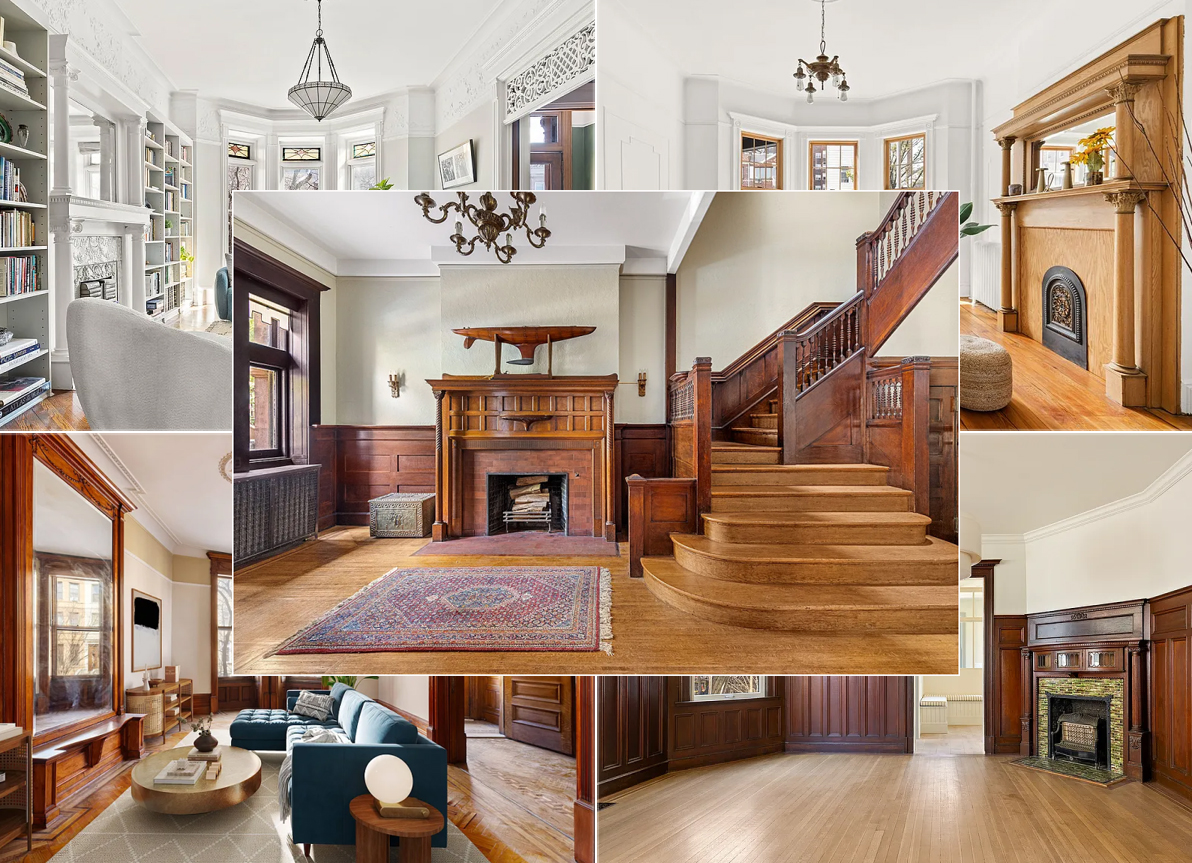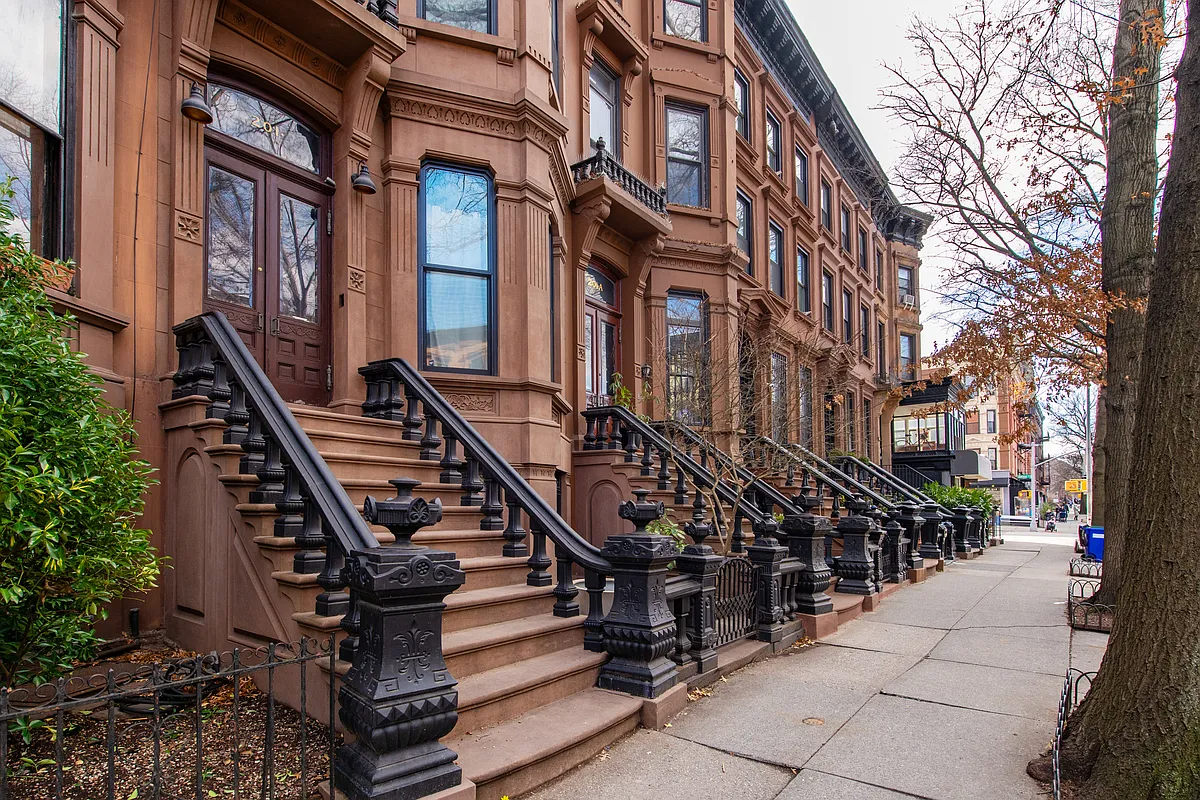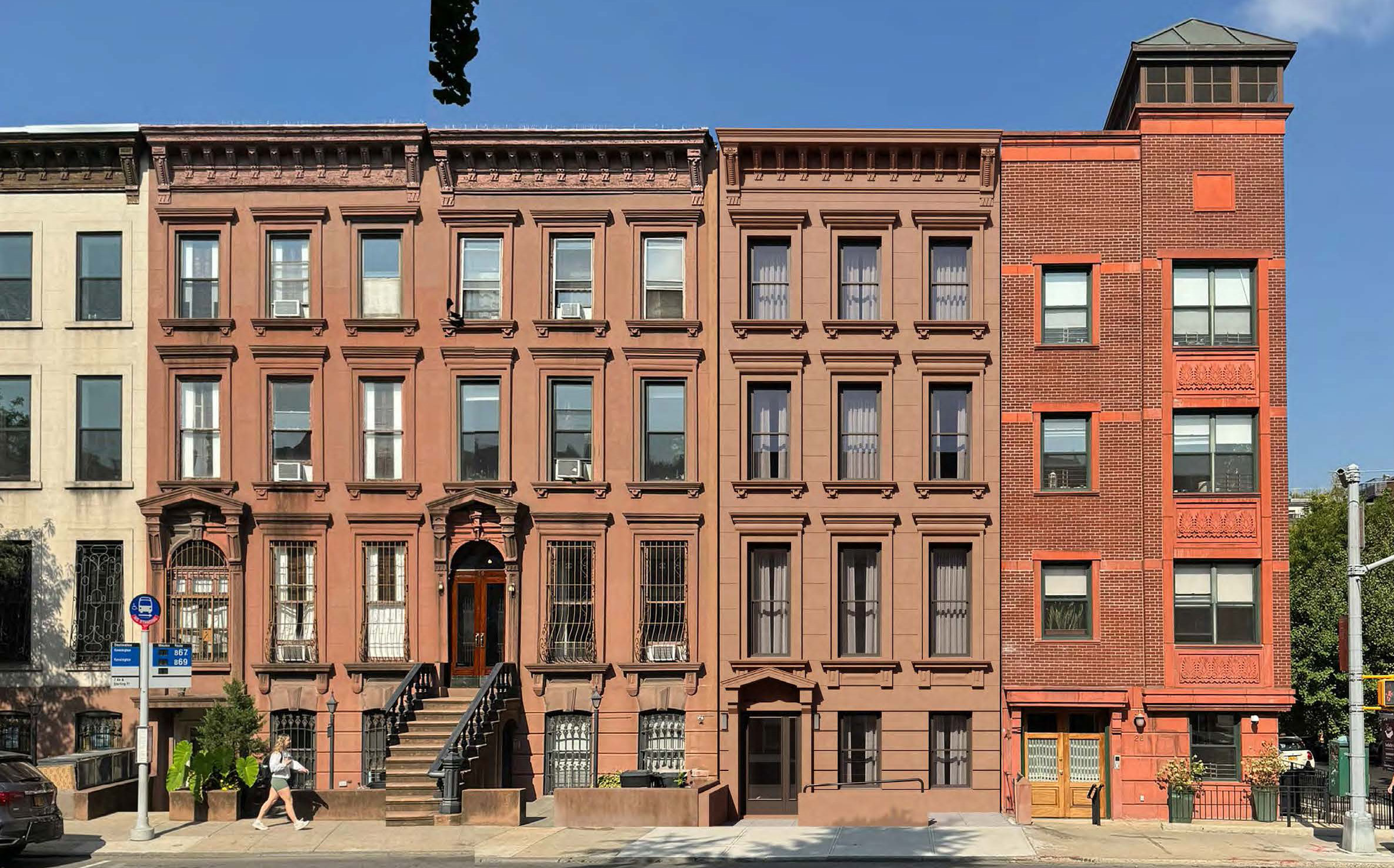Walkabout: William H. Reynolds, Part 1
Read Part 2 and Part 3 of this story. Imagine, if you would, as Rod Serling used to say, a young man whose father is a builder. Dad does well, but the son has the real touch for the business of building houses. He helps his father, and ends up taking over the business, raising…

Reynolds’ New York Times obituary photo

Read Part 2 and Part 3 of this story.
Imagine, if you would, as Rod Serling used to say, a young man whose father is a builder. Dad does well, but the son has the real touch for the business of building houses. He helps his father, and ends up taking over the business, raising it to heights Dad never dreamed.
He’s so good, while still in his 20’s; he hires his father to work for him. Eventually, he gets a bit bored with just building houses, so he starts to dabble in buying theatres, amusement parks and the like.
He even goes so far as to develop entire neighborhoods, because this son of a builder thinks BIG. Along the way, he has a few setbacks, a lawsuit and a near bankruptcy. But in the end, he emerges triumphant, and sails off in his yacht.

Am I talking about Donald Trump? Nah, the Donald was a lightweight compared to William H. Reynolds, one of the biggest developers, and newsworthy men of his day Brooklyn developer extraordinaire, New York State Senator, amusement park and theatre owner, mayor of Long Beach, Long Island, indicted and convicted swindler, athlete, yachtsman, and bon vivant.
William H. Reynolds was born in Brooklyn in 1867, the son of William Reynolds, a successful local builder, and his wife Margaret. He attended PS 35, on MacDonough Street in Bedford, Brooklyn, and went on to Central Grammar School.

He was accepted into Harvard, but he never went. He did study law for two years at the University of New York, but he did not graduate. As a lad, he spent his after- school hours cleaning up after the workmen in his father’s business.
He soon figured out that his father didn’t pay his bills on time; he got to them when he got to them. He went to his father’s accounts and made a deal with them: if he could get the elder Reynolds to pay his bills by the first of the month, then there would be a 2% discount off each bill.
The vendors were glad to have their bills paid on time, and the father was glad to have someone else taking care of the bills. William paid the bills, and pocketed the 2%.

At the age of 18, he opened a real estate broker’s office on the corner of Reid and Lafayette, and by the end of the first year, had a profit of over $40,000. ($921,000 in today’s money) Starting in 1885, the Brooklyn Eagle is flooded with ads for houses in the 25th ward, now the proposed Bedford Corners Historic District section of Bed Stuy, near Fulton, Nostrand and Marcy.
He started to buy land and develop property, first in Bedford. He was living at 273 Hancock Street, between Marcy and Tompkins, at this point, and his office was now on Fulton and Washington. He was so successful that he offered his father a job, which he accepted.
He built fast and inexpensively, and sold reasonably, his houses going for $15,000 to $20,000, everything so fast moving, that by the time he was done in Bedford, he had amassed $500,000 in profit ($11.5 million today).
William was only just beginning. In the early 1890’s he turned his attention to a swath of neglected land bordering Prospect Park.
It had been tied up in litigation for several years, because the city of Brooklyn had bought the land through eminent domain, in order to build Prospect Park, but as time passed and different planners came on board the project, specifically Olmstead and Vaux, the site of the park moved west, and this land was no longer needed.
The City wanted to unload the land, but was unable to do so at a profit, and had to have a fire sale. Reynolds bought up the neighborhood, specifically what are now Sterling Place, Park Place and Underhill Avenue, at least 80 lots in all.

He then proceeded to build row houses on all of these blocks. On some documents he is listed as the architect of record, on others, as the developer.
Dahlander and Hedman, featured on Tuesday, were his architects in some of his developments here, as well. The houses were built quickly, and are among the most attractive buildings in the entire neighborhood.
At the same time, William H. Reynolds felt the call to politics. While his Prospect Heights buildings were going up, he campaigned for, and won, the seat for the Third District, and in 1893, at the age of 24, became the youngest senator in the NY State Senate.
He was hailed as a good Republican, and an independent free thinker, who was not beholding to any faction or political club. By 1895, he had been appointed as chairman of the Republican campaign committee, but bowed out of politics that same year.
Meanwhile, ads for his houses on Sterling Place were appearing in the Eagle, and in the next couple of years he finished and and sold all of his houses on these blocks, and was renting apartments in 1895 in his new apartment buildings on Vanderbilt, near the park.
By 1897, the houses on Park Place had been built, and those, too, were selling at an extremely fast pace.
Things were going really well for Reynolds. He was a respected and popular senator. He was a very successful developer and builder. But he must have been getting a bit bored.
In 1894, he bought a large parcel of land on Fulton Street, near DeKalb, home to Sherlock’s Abbey Theatre, where he proposed to build the finest, and with one or two exceptions, the largest theater in the country.
It will be by all odds the largest and most comfortable in Brooklyn and will compare favorably with the Metropolitan Opera house of New York City. The theatre was called the Montauk, and was designed by JB McElfatrick and Son, of Manhattan.
It opened with great success and fanfare a little over a year later. In 1895 he rebuilt the Bennett Casino, on East New York and Alabama Avenues for impresario Otto Huber, called one of the best concert halls in the country. He used the same architects as on the Montauk.
He also used McElfatric and Son when he built his dream home on the corner of Eastern Parkway and Underhill Avenue, in 1895. The huge, four story mansion was featured in the Eagle, complete with drawings and a floor plan of the parlour floor.
The house featured the usual expansive and impressive public and rooms, but the highlight for Reynolds himself was probably the ground floor, which featured a large billiard room and an expansive gymnasium, complete with showers. In addition to everything else, William Reynolds was also an accomplished athlete, the winner of several boxing awards in his youth, a boxing trainer, and a member of the Aetna Athletic Club.
What else could this guy do? How about name and build Borough Park, for one thing. That, and more, next time.









I love your stories, MM. Thank you for another (!) fascinating real-life adventure!
Actually, Reynolds looks like the character in that other Orson Welles masterpiece, Citizen Kane. With a bit of Charlie Chan about him, too. Both larger-than-life characters!
And that house on Eastern Parkway! I wonder what secrets were buried when it was demolished for the apartment house that replaced it!
No problem, bigmissfrenchie. There’s plenty of info for everyone. Mr. Reynolds was a fascinating guy. I’m suprised he isn’t more well known as one of those quintissential New Yorkers of old.
Oops. Sorry. I’m from Long Beach, and they taught us about him in civics class. Who knew I could remember this stuff from so long ago! Can we delete my comment? I don’t want to ruin your story.
Thanks, missfrenchie. I appreciate your enthusiasm, but you are ruining my story here. I was getting to the rest next week.
Here is an interesting article about him which talks about his association with Dreamland…http://carouselnews.com/index.php?option=com_content&task=view&id=363&Itemid=1&ed=33
“In that town in those days, all the women who wore silk or velvet knew all the other women who wore silk or velvet and everybody knew everybody else’s family horse and carriage. The only public conveyance was the streetcar. A lady could whistle to it from an upstairs window, and the car would halt at once, and wait for her, while she shut the window, … put on her hat and coat, … went downstairs, … found an umbrella, … told the ‘girl’ what to have for dinner…and came forth from the house. Too slow for us nowadays, because the faster we’re carried, the less time we have to spare.”
“The magnificence of the Ambersons began in 1873. Their splendor lasted throughout all the years that saw their Midland town spread and darken into a city.”
This guy was definitely more Eugene Morgan than George Amberson Minafer.
I saw that scene on tv in a bar last week and was wondering what the film was. Thanks Minard!